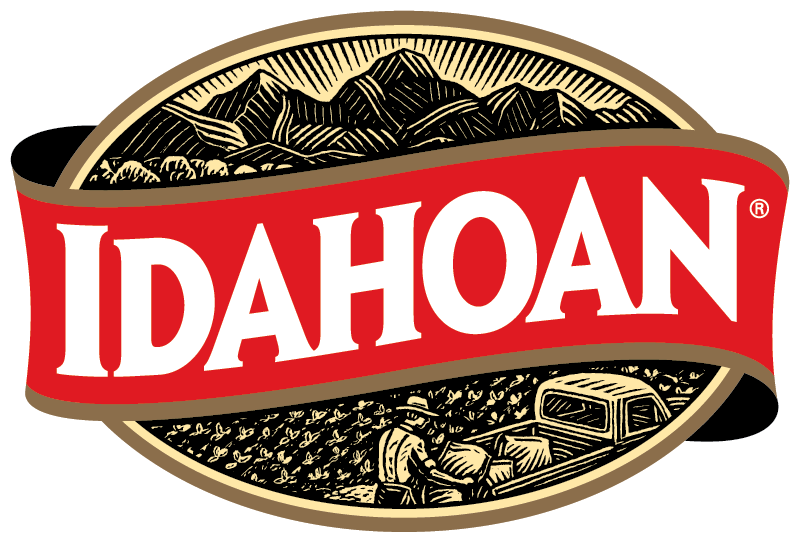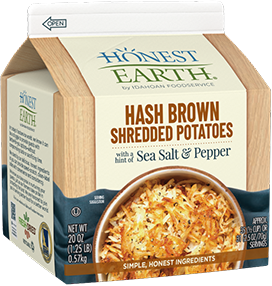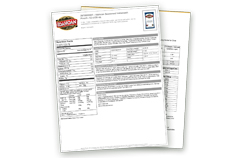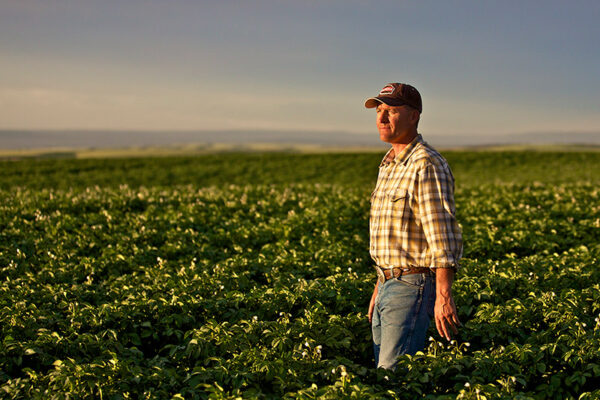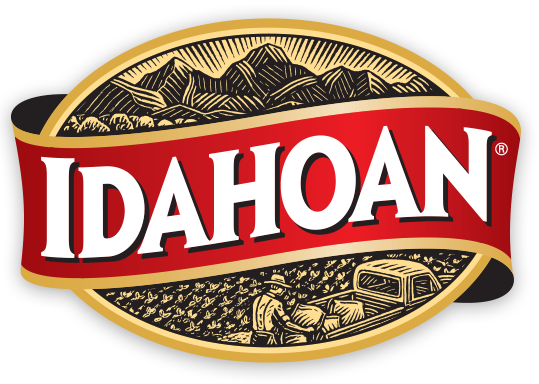Since the seeds of our business were planted, Idahoan® Foodservice has been committed to providing the highest quality potatoes while maintaining the integrity of the land we work. As stewards of the land, we’re committed to sustainable practices that reduce the impact of our processes on the environment while ensuring the highest quality product makes it onto your customers’ plates.
This article on reduction kicks off our three-part series around sustainability, discussing the areas in which we at Idahoan focus our efforts to preserve vital resources for generations to come.
When it comes to sustainability, reduction is our primary strategy. We focus on reducing our footprint in three key areas:
1. Carbon Emissions
Idahoan is committed to the reduction of carbon emissions through transportation of our Fresh-Dried™ products.
Our proprietary cooking method which removes water during the process, allows for more product to be placed on a single truck – leading to a reduction in the number of trucks on the road. In fact, Idahoan potatoes take up 80% less space on a truck than our frozen and refrigerated competitors.
Because we remove all the moisture from our Fresh-Dried™ potatoes, they are seven times more efficient to transport than raw potatoes. That means that for every seven truckloads of frozen and refrigerated potatoes delivered, Idahoan only requires one!
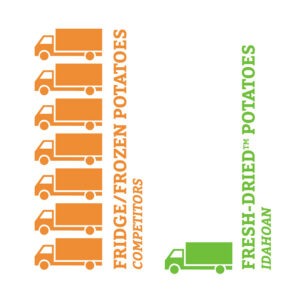
Additionally, the shelf-stable nature of Fresh-Dried™ Idahoan potatoes allows us to skip the emission-producing, energy-draining cooling systems that traditionally frozen and refrigerated potatoes require for transport and storage.
All of this means fewer trucks on the road, fewer CO2 emissions, and less traffic on your daily commute.
By way of across-the-board efforts to conserve water, switch fuel sources, and reuse and recycle, we have successfully achieved sustainable annual reductions in our greenhouse gas emissions. As a result of combined sustainability initiatives taken since 2007, Idahoan has seen a reduction in annual CO2 emissions totaling 74,066 metric tons!1
2. Water Consumption
From field to fork, water is a crucial element in our processes here at Idahoan. We’re taking great strides to reduce water consumption throughout our operation, doing our part to conserve this precious resource. Through various steps taken at our Idaho Falls facility, we have been able to significantly reduce overall water consumption during our production process, saving millions of gallons of water every year.
We have identified fresh water intensive systems to reduce our overall water usage. By redirecting single-use, clean water back upstream we are able to create a series of water-recycling loops. This allows for our fresh water consumption to remain at neutral levels.
We are proud to say that in 2017, our Idaho Falls facility was able to increase production by 65% while successfully keeping fresh water consumption neutral.
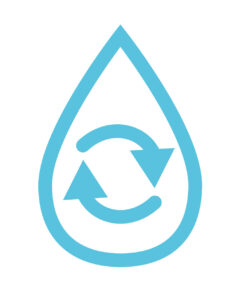
3. Criteria Air Pollutants
Criteria air pollutants such as particulate matter, sulfur oxides, and nitrogen oxides can adversely effect regional air quality, harming health, property, and the environment. Although these pollutants are still harmful, they do not trap heat in the atmosphere, unlike greenhouse gas emissions.
Through a combination finding and switching to alternative fuels and increasing emission controls, we have pushed to reduce the amount of criteria air pollutants released from Idahoan facilities through farming, processing, and transport. Over the course of the past 14 years, we are proud to say that Idahoan has been able to decrease criteria air pollutant emissions by 46%. That’s 300 tons per year for a total of 4,198.3 tons!
As consumer concern over the environment continues to grow, it’s more important than ever to partner with sustainably-minded brands and suppliers. Our ongoing commitment to reducing our footprint and preserving the environment makes Idahoan Foodservice the clear choice for operators everywhere.
That’s tangible reduction, committed sustainability, and tremendously tasty potatoes – from field to fork.
1. Calculations derived using standardized EPA tools.
